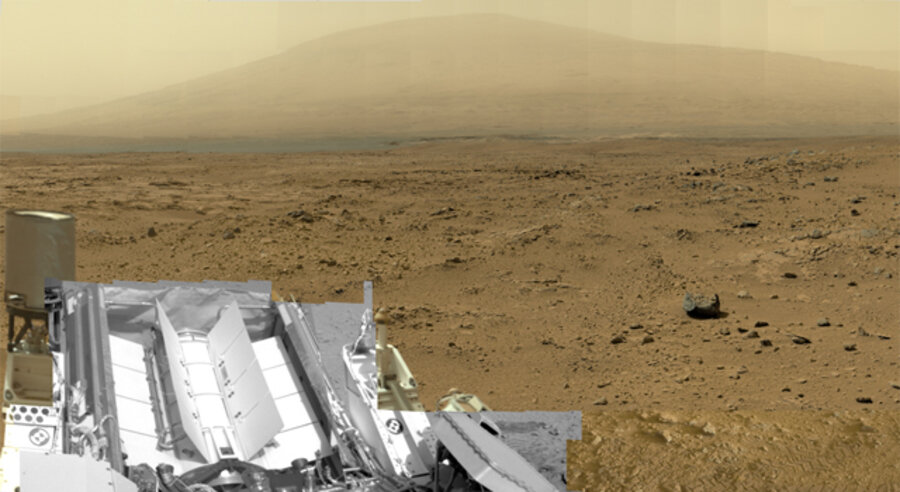Hipster Mars had oxygen before it was cool
Mars is the ultimate hipster planet. Its landscape looks like a sepia-tinted Instagram photo, it doesn't have any chain stores, and it totally gets all the obscure references in David Bowie's music.
And now, according to a recent study, it had oxygen before it was cool.
In a paper published in the scientific journal Nature – you probably haven't heard of it – scientists at Oxford University say that, some 4 billion years ago, the Red Planet's atmosphere was rich with oxygen, well before the rise of oxygen on Earth, which happened about 2.5 billion years ago.
It all hinges on the differences between rocks that have traveled from Mars to Earth and rocks analyzed by NASA's Spirit Mars rover, a vintage robot that roamed the planet's surface from 2004 to 2010. The surface rocks examined by Spirit show more signs of oxidation than the Martian meteorites.
The meteorites are relatively young – between 180 million and 1.4 billion years old – compared to the surface rocks, which are thought to be 3.7 billion years old. The researchers believe that the surface rocks were drawn into the planet's interior through a process known as subduction, and then subsequently blasted back to the surface via volcanic eruptions. The meteorites, by contrast, originated from deeper inside the planet, and were therefore less affected by the atmospheric oxygen.
"As oxidation is what gives Mars its distinctive colour it is likely that the 'red planet' was wet, warm and rusty billions of years before Earth's atmosphere became oxygen rich," said Oxford professor and study co-author Bernard Wood, in press release.
An oxygen-rich atmosphere could have potentially supported ancient life, which, if it existed, likely wore unkempt beards.







